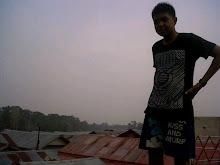RECOUNT TEXT
Recount text is a text that is used to retell the readers what happened in the past through a sequence of events.
Social Function : To retell past event for the purpose of informing or entertaining.
GENERIC STRUCTURE
v ORIENTATION
It’s about who was involved, what happened, where this event took place and when it happened.
v EVENT (S)
It’s about what happened in chronological order.
v RE-ORIENTATION
The conclusion of the experience.
SIGNIFICANT GRAMMAR FEATURES
ü Focuses on individual participants.
ü Use of material process.
ü Circumstances of theme and places.
ü Use of the past tense.
LANGUAGE FEATURES
Ø Use of past tenses
(Ex: went, spent, played)
Ø Use of time conjunctions
(Ex: and, but, after, then)
Ø Use of adverbs of time in the past
(Ex: yesterday, last week, two days ago)
Ø Use of personal pronoun
(Ex: I, we)
